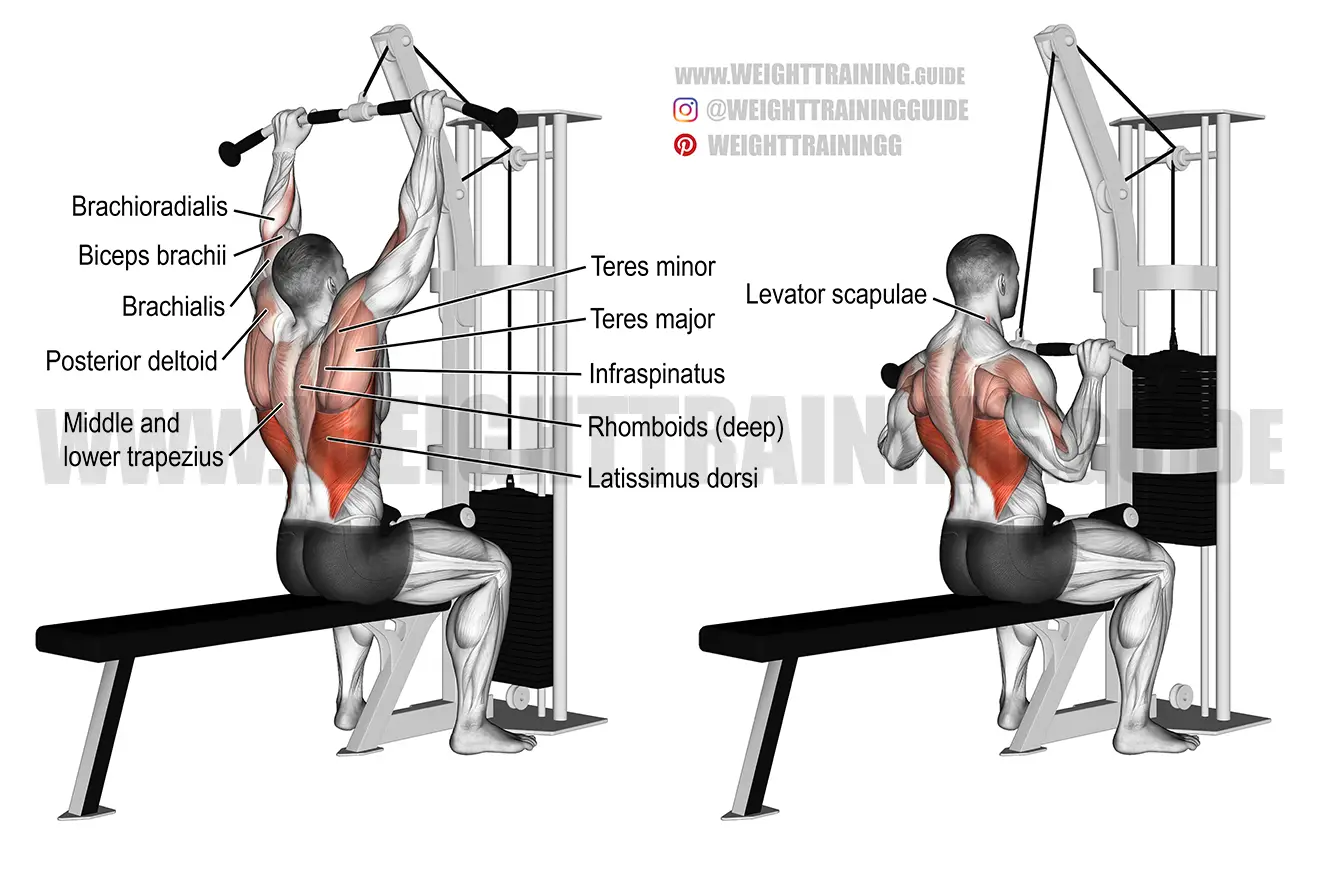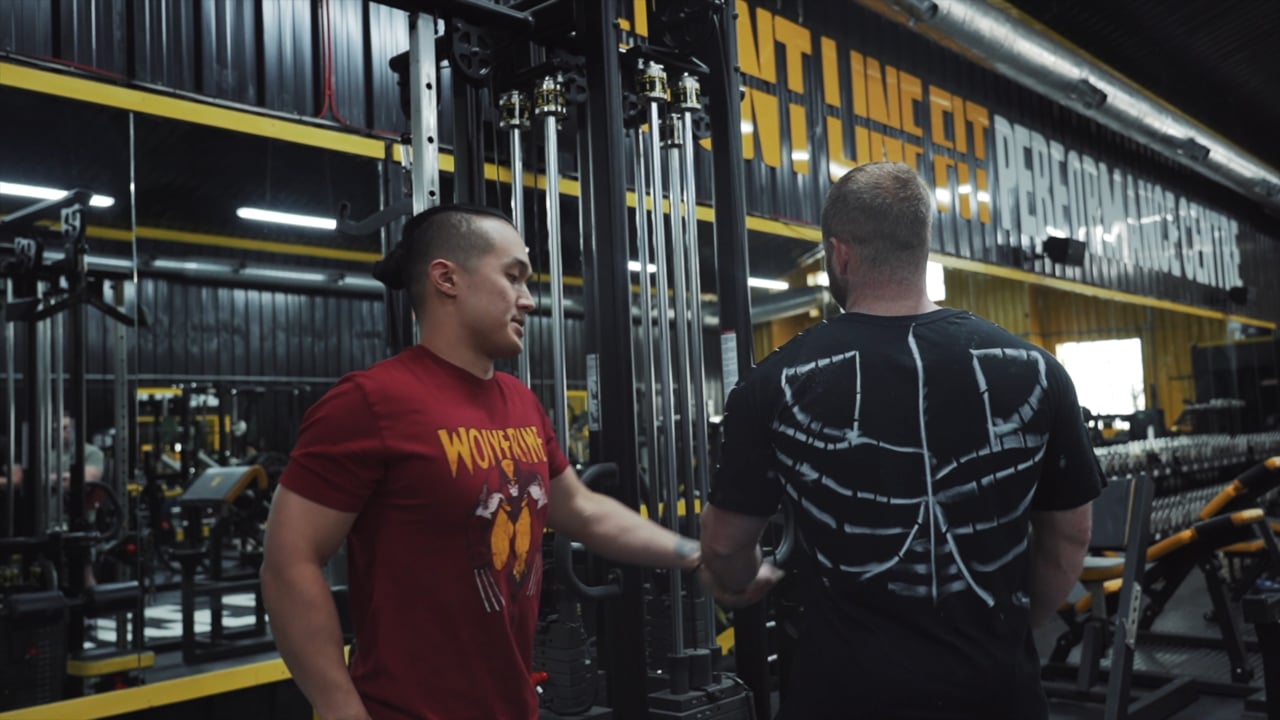


No decision has been made about the training facilities and aircraft fleet there, the company adds. Training in Phoenix has been “paused” for the time being, says LAT. More advanced training took part in Bremen. In the past, Lufthansa conducted part of the initial practical training at a company-owned campus in outside Phoenix in Arizona. Theoretical training, meanwhile, will be consolidated at Lufthansa’s traditional flight academy in Bremen. In January, Vereinigung Cockpit said that more than 100 students in Lufthansa’s in-house training programme had launched legal action against LAT in a bid to complete their training at the company’s pilot school rather than third-party flight academies.Īs part of the restructuring, LAT will concentrate practical flight training at its facility at Rostock airport. Students for the group’s own flight-training programme, which takes about two years to complete, were advised by LAT to seek other careers, as the company foresaw no demand for new pilots “for a very long time”.

In 2020, the pandemic prompted LAT to suspend cadet pilot training at its European Flight Academy arm, which spans several sites and trains pilots for the group and third-party customers. It adds that the new model will give “the current generation student of pilots another perspective on a possible entry into cockpits at Lufthansa Group airlines later on”. Graduates will be recruited “depending on the demand situation of the respective flight operations of the various airlines” within the group, Lufthansa says. Students will complete their training with an airline transport pilot licence under the new structure rather than a Lufthansa-specific multi-pilot licence as in the past. Lufthansa likens the new structure to a university study programme “with defined qualification and training standards resulting in an institutionalised, internationally recognisable degree”.

How the training will be financed in future has yet to be determined, LAT says. Lufthansa financed a large proportion of training costs, which students later repaid in instalments during employment. Prior to crisis, students were recruited via a single assessment test prior to the training, and successful candidates could count on jobs within the airline group. Lufthansa Aviation Training tells Cirium that the “central element” of the new system will be a two-stage assessment process – first to be enrolled in the training programme, and second, after qualification, to secure a job at one of the group’s operators. “These will enable more needs-based training for the various airlines of the Lufthansa Group and take into account the volatile demand in air traffic.” But it adds the new model will more digital training methods and provide “new selection processes”. This will continue to facilitate ab initio training, which, the airline says, “has been proven successful for decades”. Lufthansa will introduce what it terms a “campus model framework”. Airline Business special: CEOs to watch in 2021.FlightGlobal Guide to Business Aviation Training and Safety 2021.EDGE: A new global force in aerospace and defence.Shell Aviation: What will it take to Decarbonise Aviation?.What does the future of aviation look like in 2022?.Guide to Business Aviation Training and Safety 2022.What will it take to Decarbonise Aviation?.Airline Business Covid-19 recovery tracker.


 0 kommentar(er)
0 kommentar(er)
